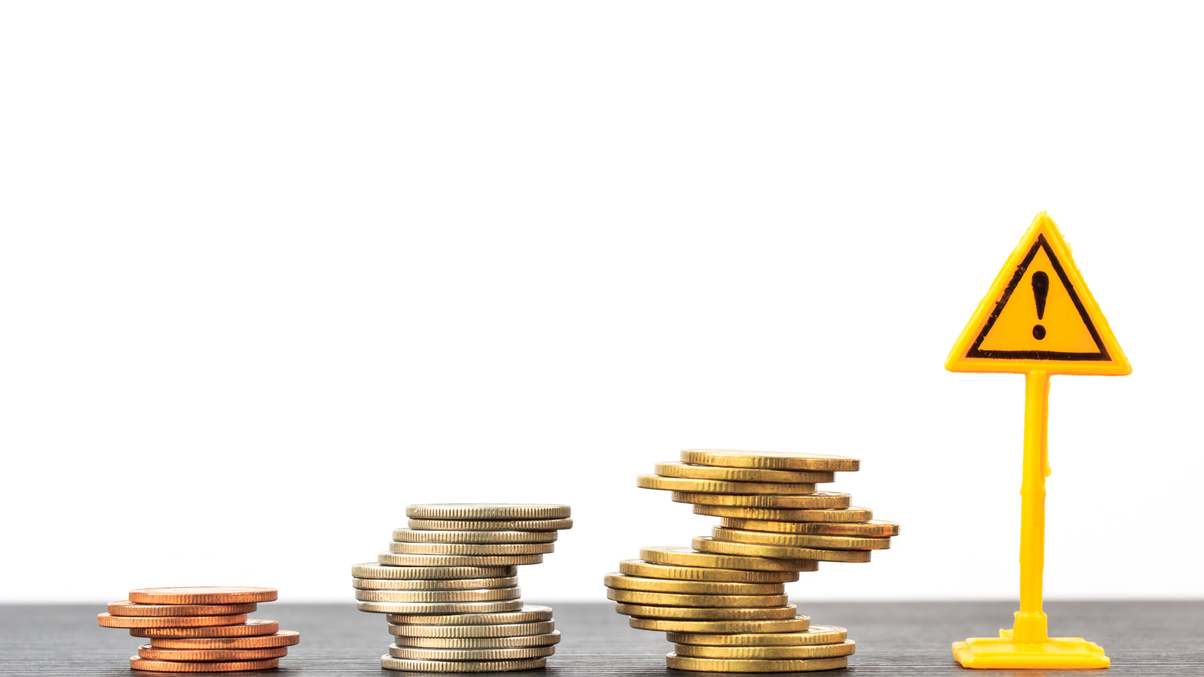Future Fund sees inflation, market fragility and rising rules as key investing risks
Chief investment officer Sue Brake says the Australian sovereign wealth fund is eyeing private markets as it navigates a way through the 'new paradigm' left in the wake of Covid.

Inflation, market fragility and charting increased regulation are the three key factors driving Future Fund’s investment strategy planning, chief investment officer Sue Brake told AsianInvestor in an exclusive interview.
Sign In to Your Account
Access Exclusive AsianInvestor Content!
Please sign in to your subscription to unlock full access to our premium AI resources.
Free Registration & 7-Day Trial
Register now to enjoy a 7-day free trial—no registration fees required. Click the link to get started.
Note: This free trial is a one-time offer.
¬ Haymarket Media Limited. All rights reserved.


